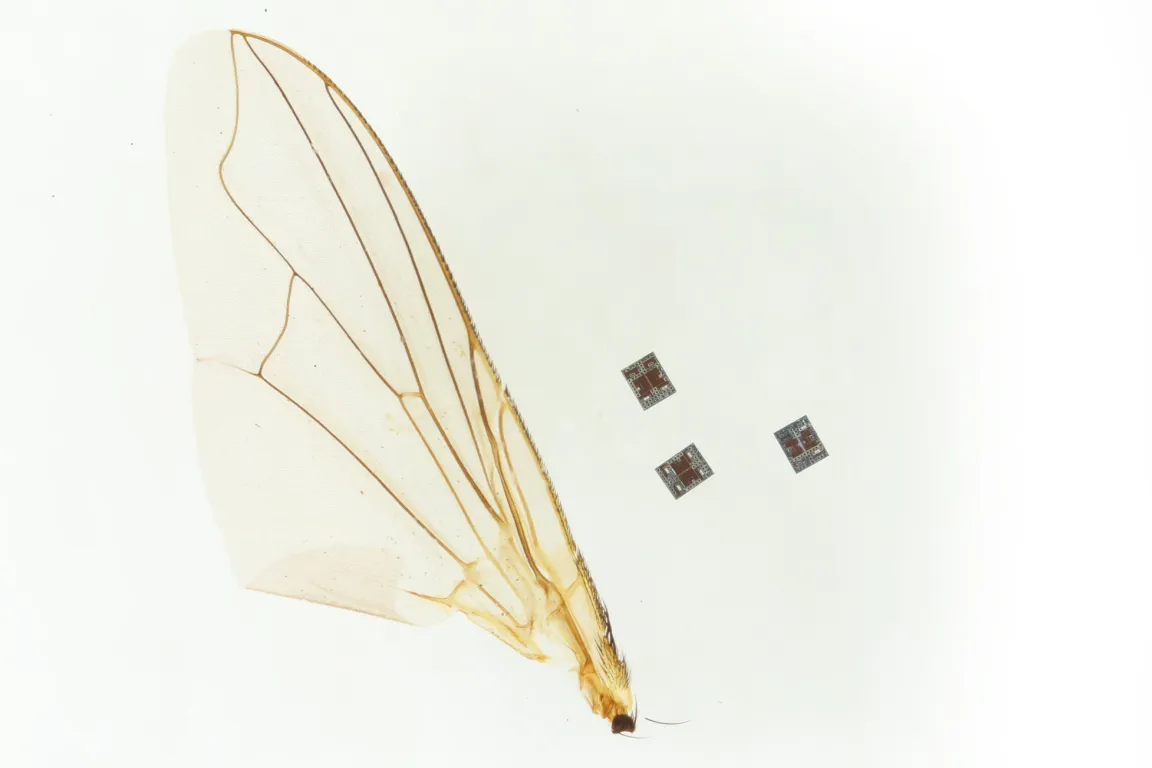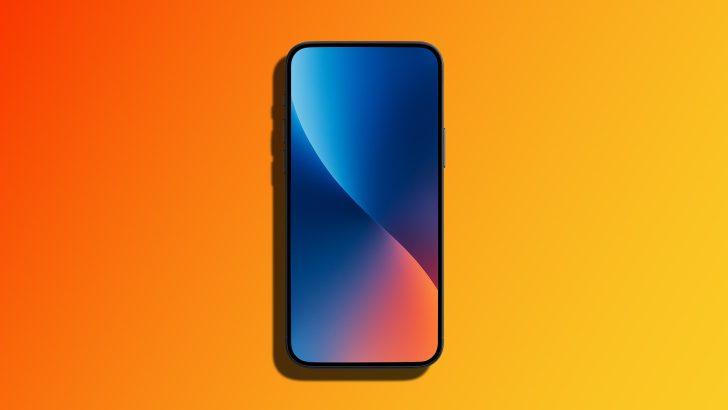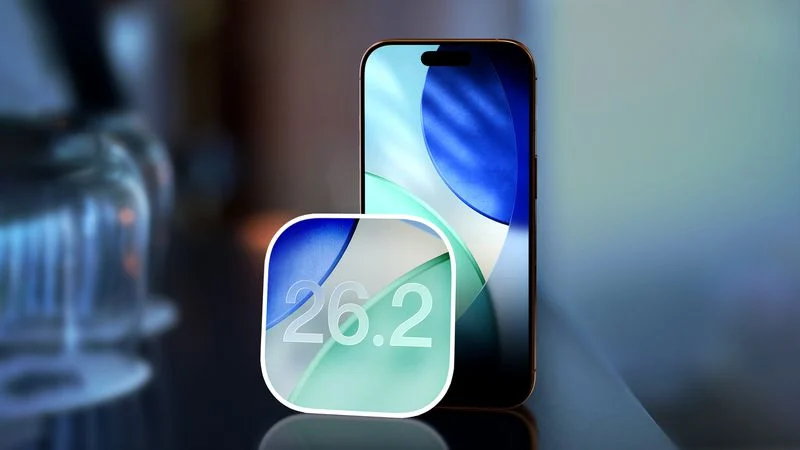Google’s highly anticipated Pixel 10 lineup has hit an unexpected roadblock. Despite its marketing as one of the most advanced smartphones in the Android ecosystem, early adopters are discovering that the Pixel 10 struggles to handle one of the world’s most popular mobile games — Genshin Impact.
The issue, which has rapidly gained traction across tech forums and gamer communities, stems from the Pixel 10’s unique GPU architecture. With Google’s custom Tensor G5 chip switching away from a widely supported graphics processor design, the device is reportedly unable to run Genshin Impact smoothly — or in some cases, barely at all.
A Flagship Phone That Fails the Gaming Test
For years, the Pixel series has been viewed as Google’s statement device — not only showcasing the best of Android, but also demonstrating what software and hardware integration can achieve. The Pixel 10, powered by the Tensor G5 chip, promised improved AI capabilities, better power efficiency, and cutting-edge graphics.
However, those claims are now under scrutiny. When users began testing Genshin Impact — a title renowned for its demanding visuals and detailed open-world environments — performance plummeted. Frame rates reportedly drop to single digits during intense scenes, and some players have encountered constant stuttering, overheating, and even app crashes.
The culprit appears to be a change in the Pixel’s GPU. Instead of using ARM’s Mali or Qualcomm’s Adreno GPUs, Google’s new chip uses a custom PowerVR-based GPU, a technology not widely supported by many major game developers.
Genshin Impact, developed by HoYoverse, recently updated its supported hardware list — and PowerVR-based GPUs are no longer included. As a result, the Pixel 10’s graphics processor effectively falls outside the game’s optimized range, leading to catastrophic performance.
Community Outcry and Early Buyer Frustration
Social media platforms and online tech communities are filled with disappointed reactions from users who upgraded expecting a powerhouse device. Some have posted benchmark comparisons showing older Pixel models outperforming the Pixel 10 when running graphically intensive titles.
For instance, the Pixel 8 Pro, powered by Tensor G3, still uses a Mali GPU and runs Genshin Impact relatively well on medium settings. The Pixel 10, despite being the newer model, struggles to maintain even basic frame stability.
Gaming content creators have weighed in, with many labeling the situation as a “major regression” for Google’s hardware. The sentiment is clear — for a premium-priced device, users expect top-tier compatibility, not performance bottlenecks caused by architectural decisions.
A Technical Breakdown: Why GPU Compatibility Matters
The problem highlights a fundamental challenge in mobile gaming — fragmentation. Most developers optimize their games for GPUs commonly found in the majority of flagship smartphones, particularly those using Qualcomm’s Adreno and ARM Mali architectures.
Google’s decision to adopt a PowerVR-based design for Tensor G5 aimed to improve efficiency and allow deeper AI integration. Yet, it also meant stepping outside the mainstream ecosystem. Without developer support, optimization becomes significantly harder.
In Genshin Impact’s case, the game’s rendering pipeline relies on specific API calls and driver support that PowerVR chips either don’t handle efficiently or don’t support at all. This leads to graphical corruption, missing textures, and severe lag.
Experts in mobile hardware suggest that unless Google collaborates directly with HoYoverse to improve optimization — or releases updated GPU drivers — this issue may persist indefinitely.
What This Means for Google’s Hardware Ambitions
The Pixel 10’s GPU issues could have implications far beyond a single game. Google has invested heavily in its Tensor processor series, branding them as the future of Android intelligence and efficiency. However, graphics performance has always been a weak spot for Tensor chips compared to Snapdragon or Apple’s A-series processors.
The Genshin Impact debacle reinforces this perception and raises doubts about how well Tensor-based devices can handle demanding 3D workloads.
Furthermore, it puts Google’s marketing claims under the microscope. The company touted the Pixel 10 as a complete flagship experience capable of handling any task — from high-end photography to gaming. Yet, this incident shows that the Pixel’s custom silicon may still lag behind competitors when it comes to GPU performance and game optimization.
The Broader Impact on Android Gaming
Mobile gaming has evolved from casual play to full-fledged entertainment, with titles like Genshin Impact, PUBG Mobile, and Call of Duty: Warzone Mobile demanding powerful hardware. Players expect their flagship phones to deliver smooth, console-like experiences.
When a $1,000 smartphone fails to run a mainstream game properly, it sends a worrying signal about software fragmentation and device optimization. Developers can’t be expected to tailor their code for every GPU variation — and if major games exclude specific architectures, those devices risk falling out of favor.
This could deter developers from optimizing for Google’s unique Tensor hardware, leading to a vicious cycle: less support, worse performance, and further alienation of gaming users.
What Can Be Done: The Road to a Fix
There are a few possible ways forward:
- Driver Updates from Google
Google could release an updated GPU driver or firmware patch to restore compatibility. If the hardware is capable, improved driver support could dramatically enhance frame rates and rendering stability. - Collaboration with Game Developers
Google could work directly with studios like HoYoverse to ensure Tensor chips are properly optimized. This is similar to what Qualcomm does with Adreno GPUs and gaming partners. - Selective Optimization in Future Releases
If the issue proves hardware-limited, Google may have to make GPU compatibility a higher priority in the Pixel 11 — potentially returning to a more widely supported design.
Until then, Pixel 10 owners have limited options. Some users report mild improvements after adjusting graphics settings or enabling performance modes, but even then, stability remains inconsistent.
A Lesson in Silicon Ambition
The Pixel 10’s GPU issues underscore the risks of innovation without coordination. Google’s Tensor series is an ambitious attempt to redefine smartphone hardware, but performance challenges like this reveal the complexity of balancing innovation with practicality.
While AI features and camera processing continue to impress, the GPU’s inability to handle demanding titles like Genshin Impact tarnishes what could have been a stellar flagship launch. It also reinforces a growing sentiment among tech enthusiasts: Google makes excellent software, but hardware consistency remains its Achilles’ heel.
Conclusion: A Cautionary Tale for Google’s Future Devices
The Pixel 10’s struggles with Genshin Impact are more than a minor compatibility issue — they’re a cautionary tale about the importance of hardware alignment in the Android ecosystem. For a device marketed as premium, failing a popular game test highlights how technical decisions can impact user perception and brand credibility.
If Google wants the Tensor series to compete with Qualcomm and Apple, it must prioritize GPU stability and developer support just as much as AI innovation. Otherwise, future Pixel devices may continue to impress with smart features — but disappoint where it matters most to everyday users.
















Leave a Reply